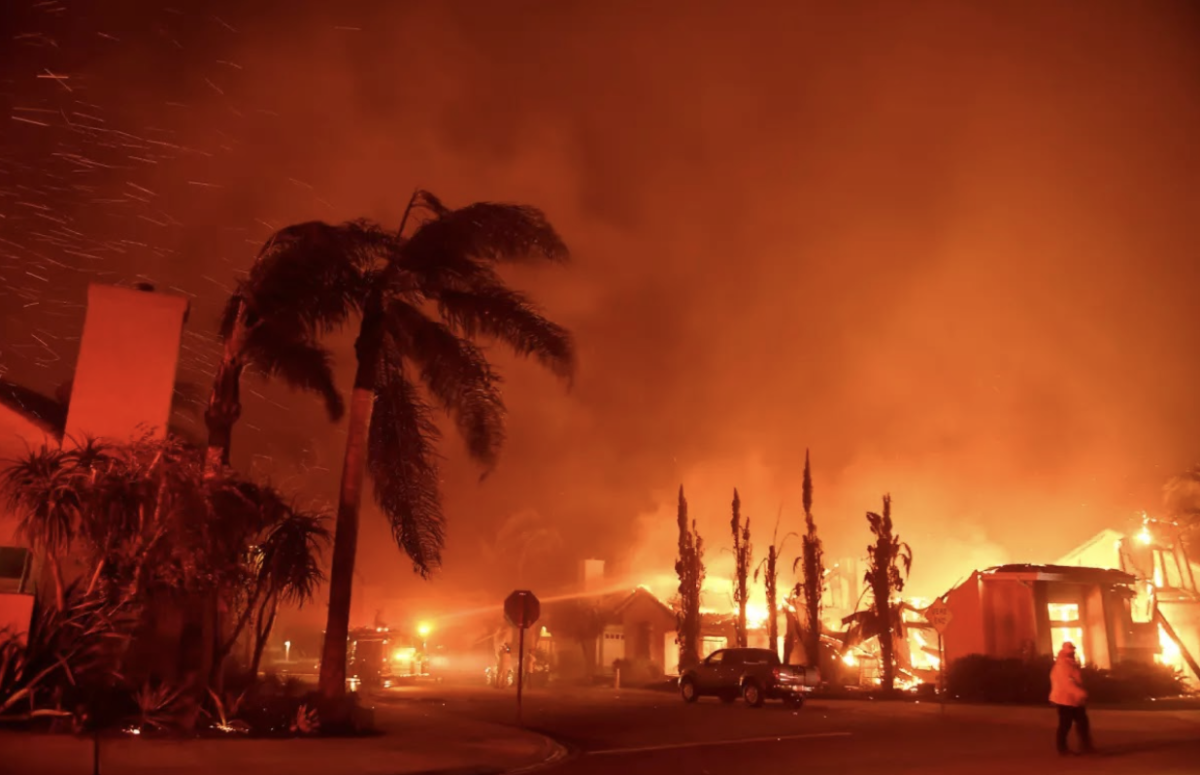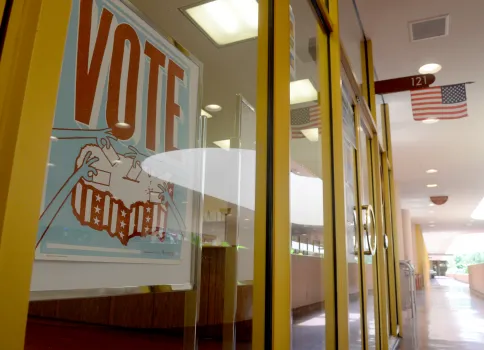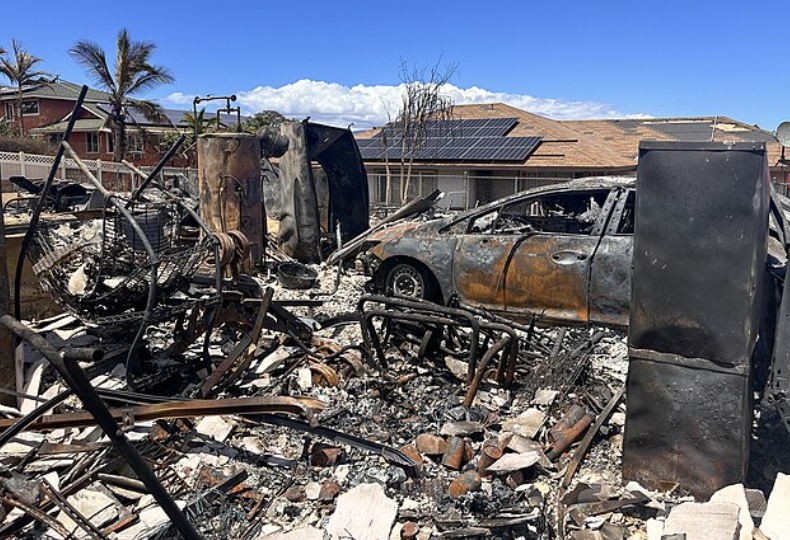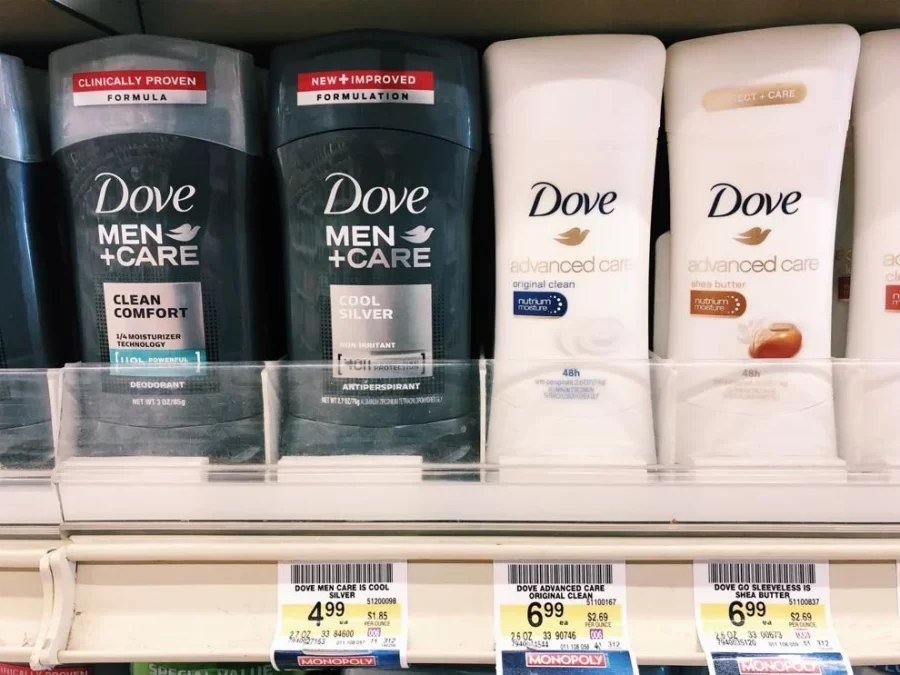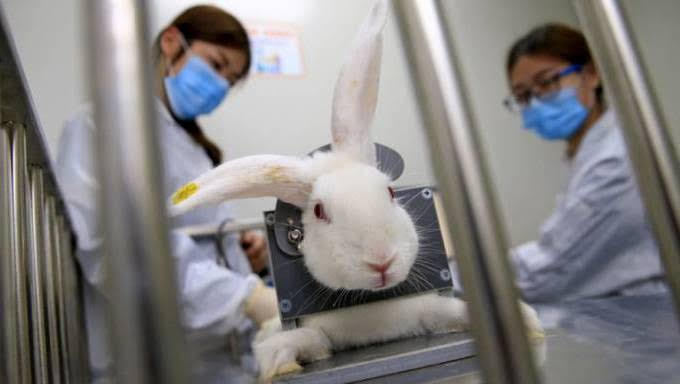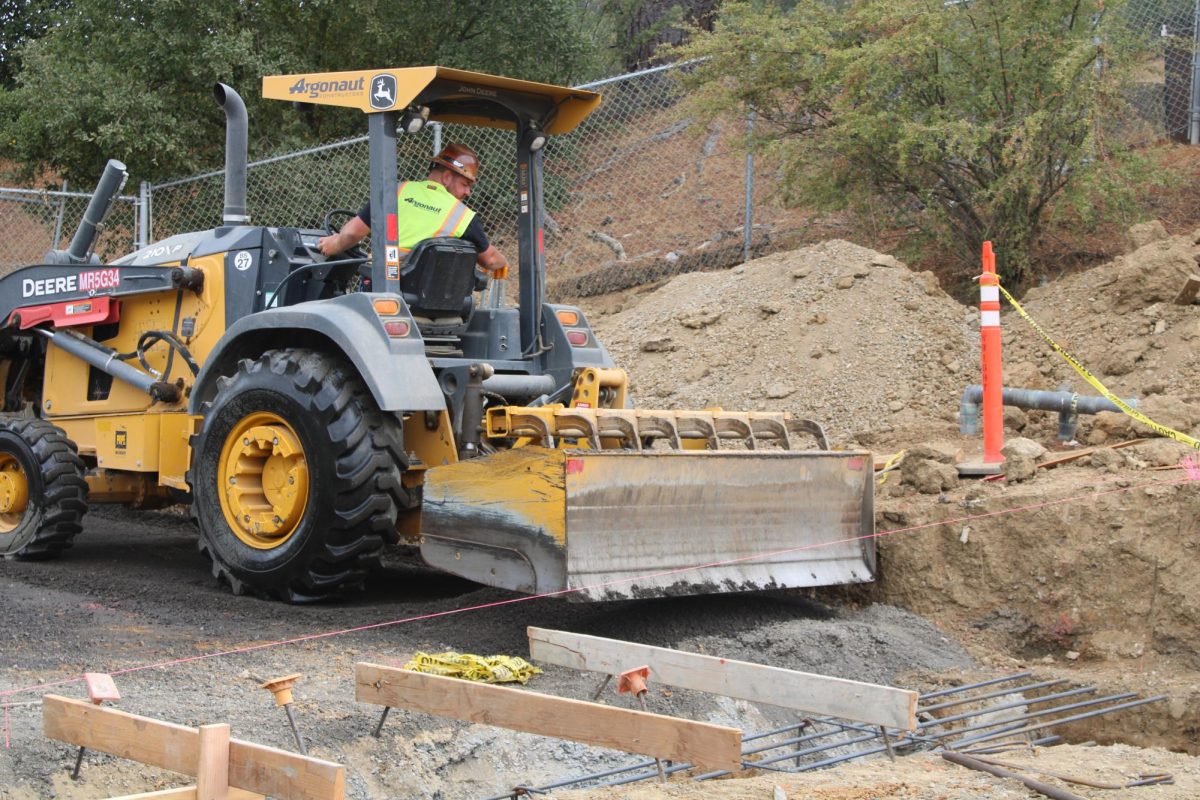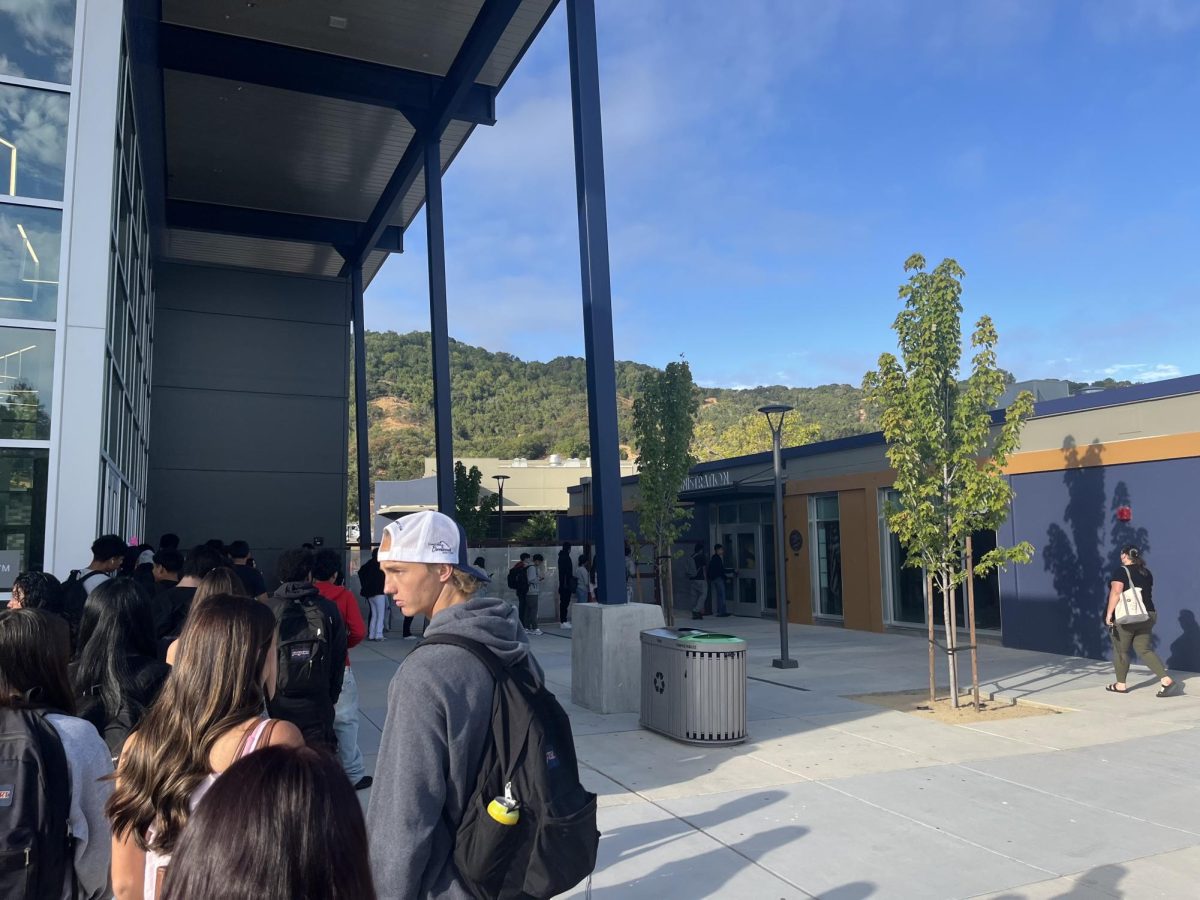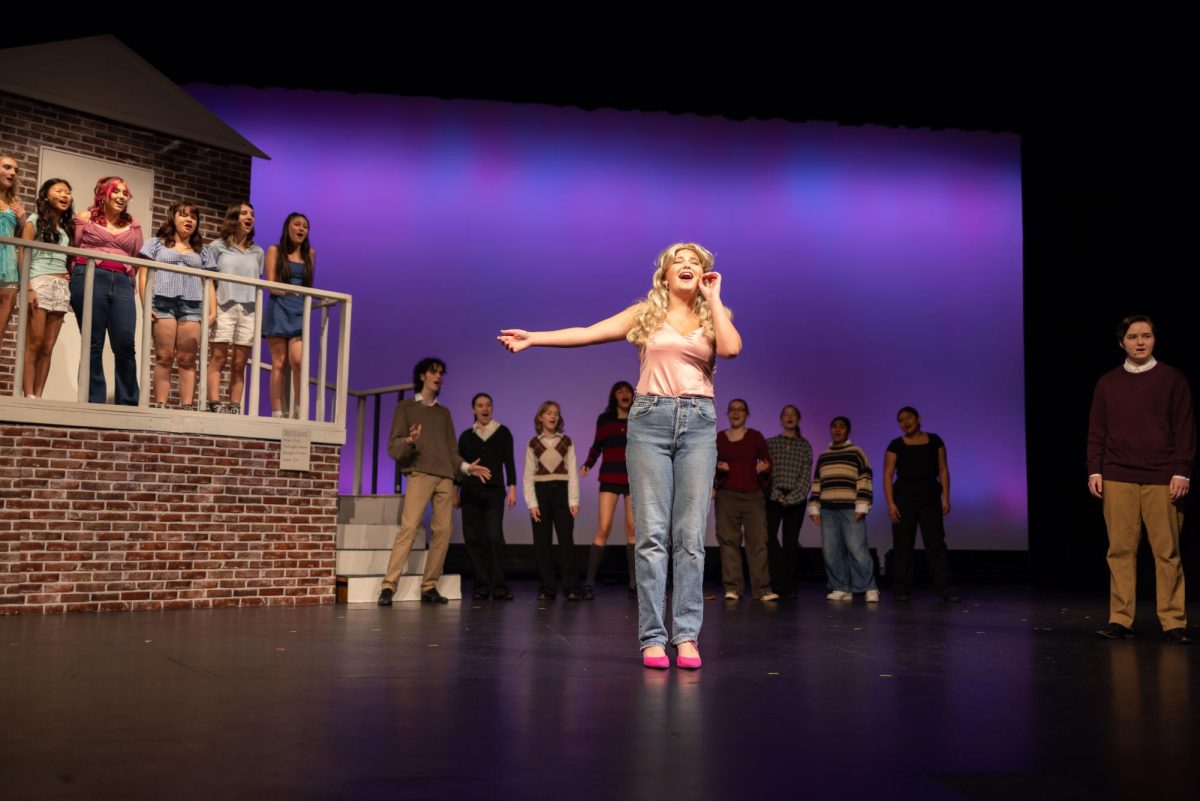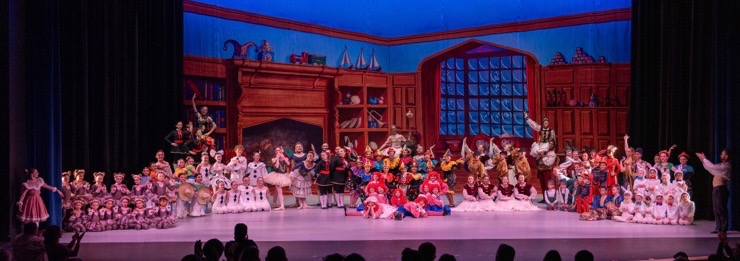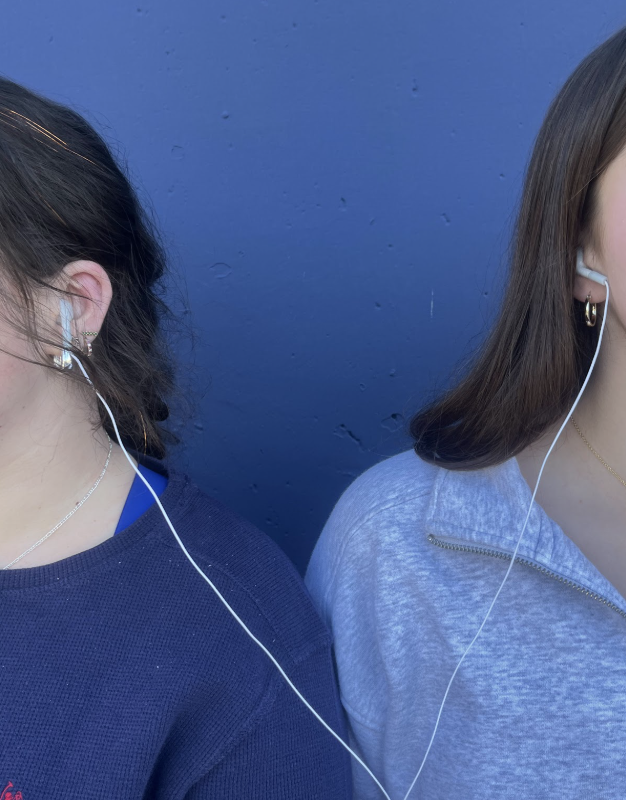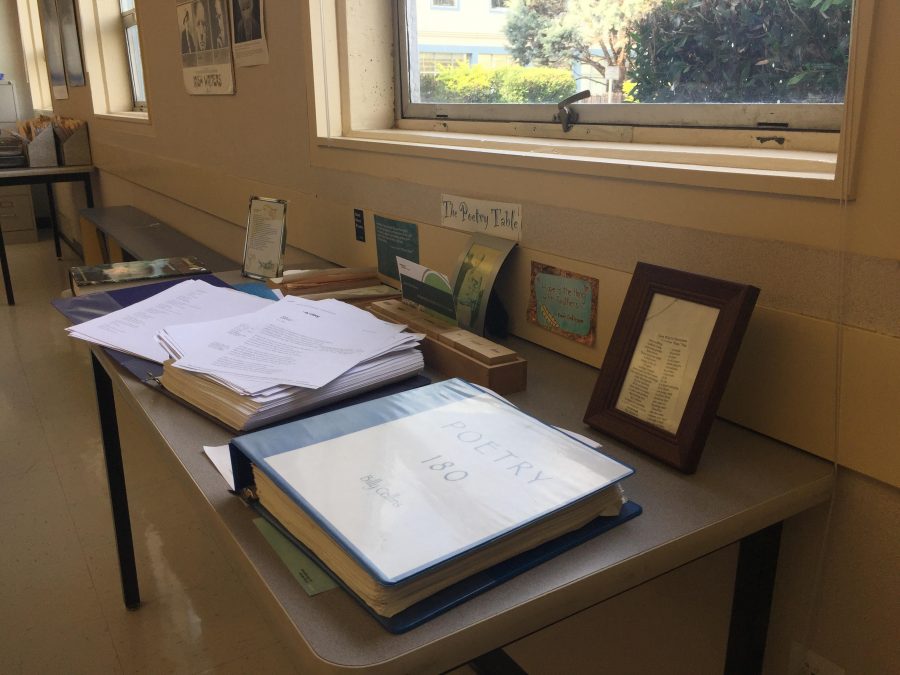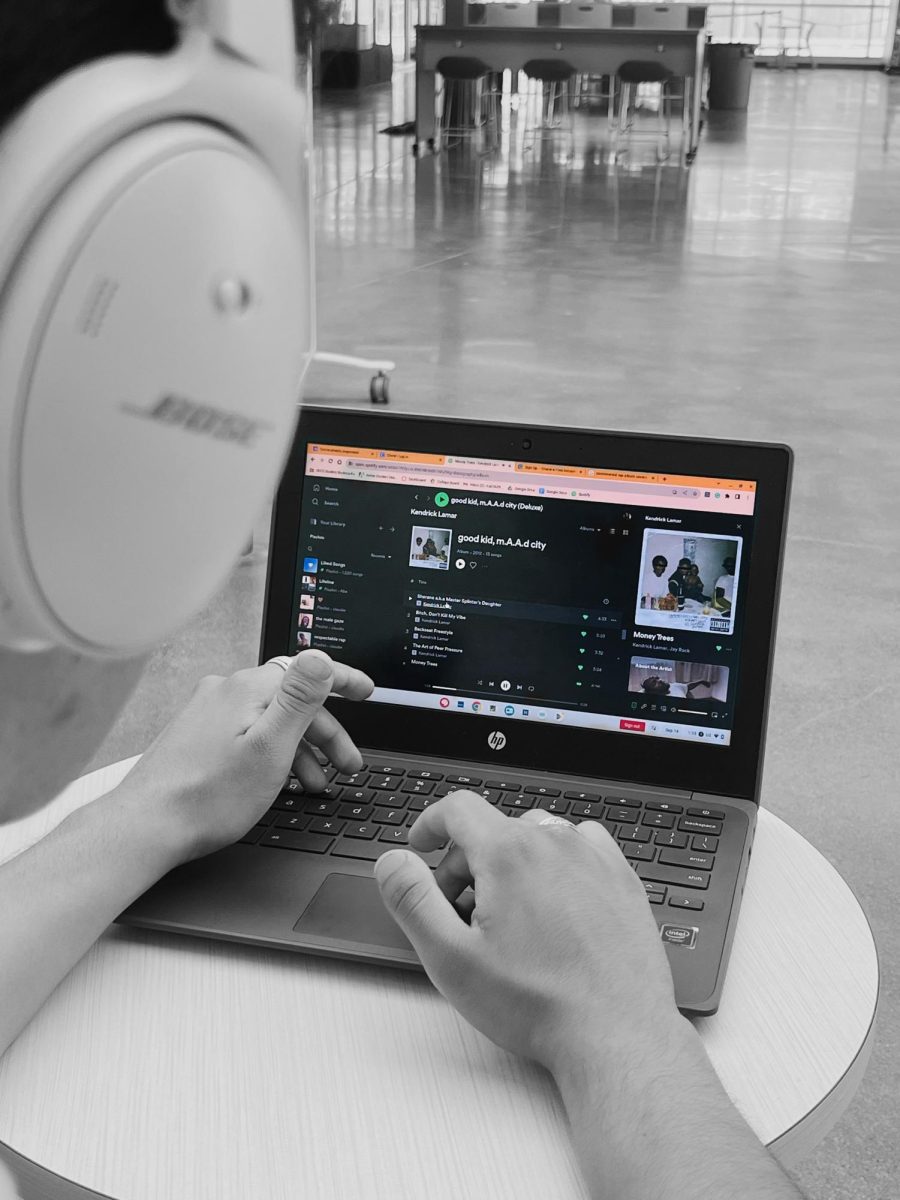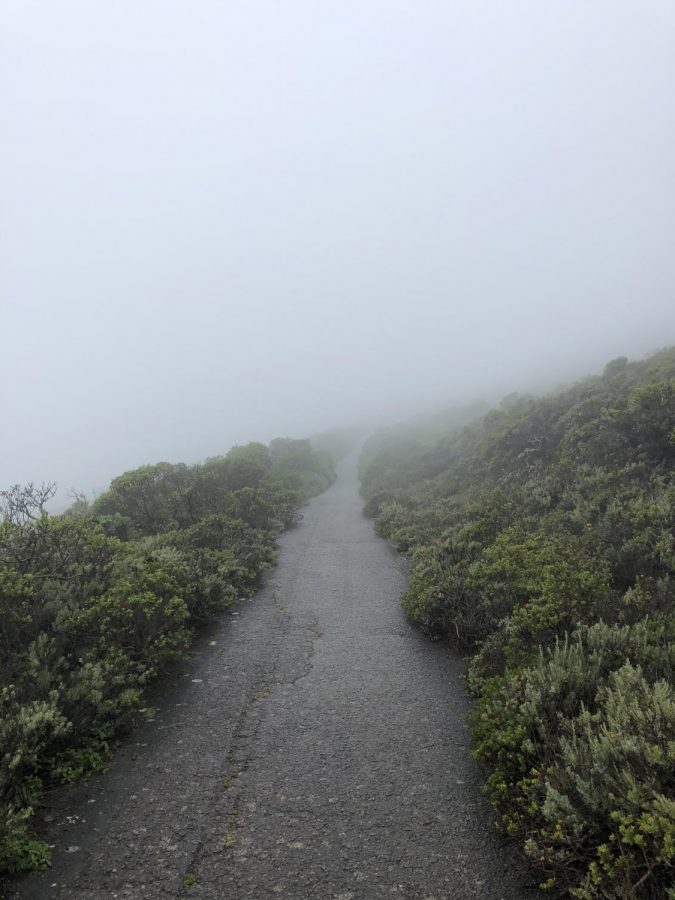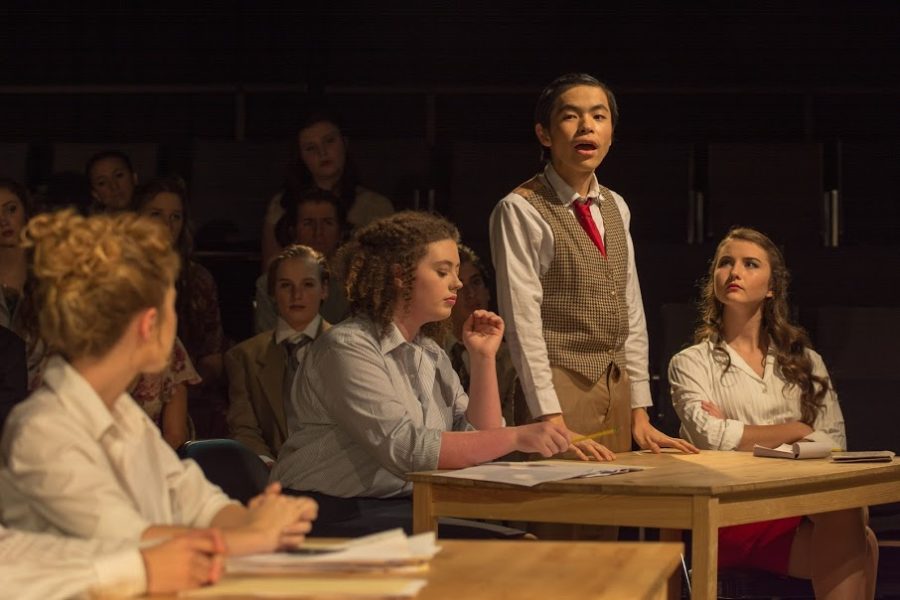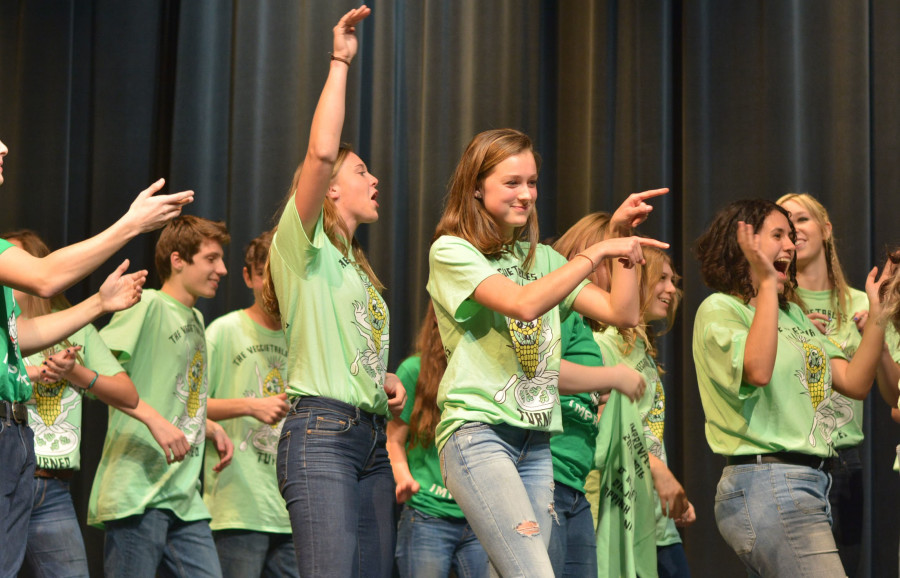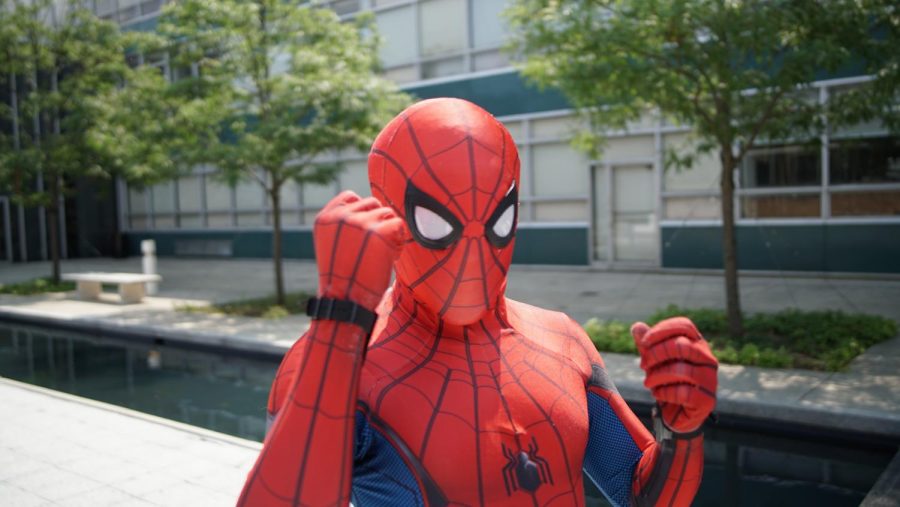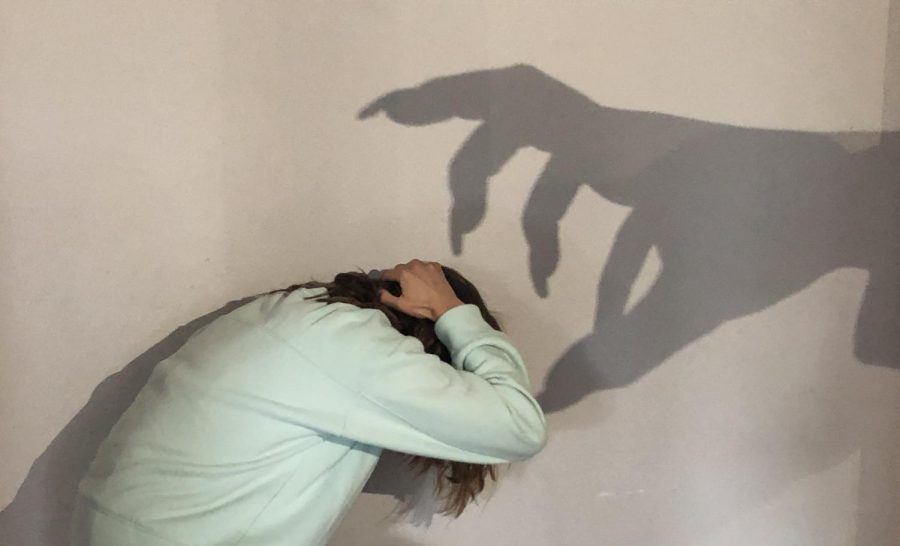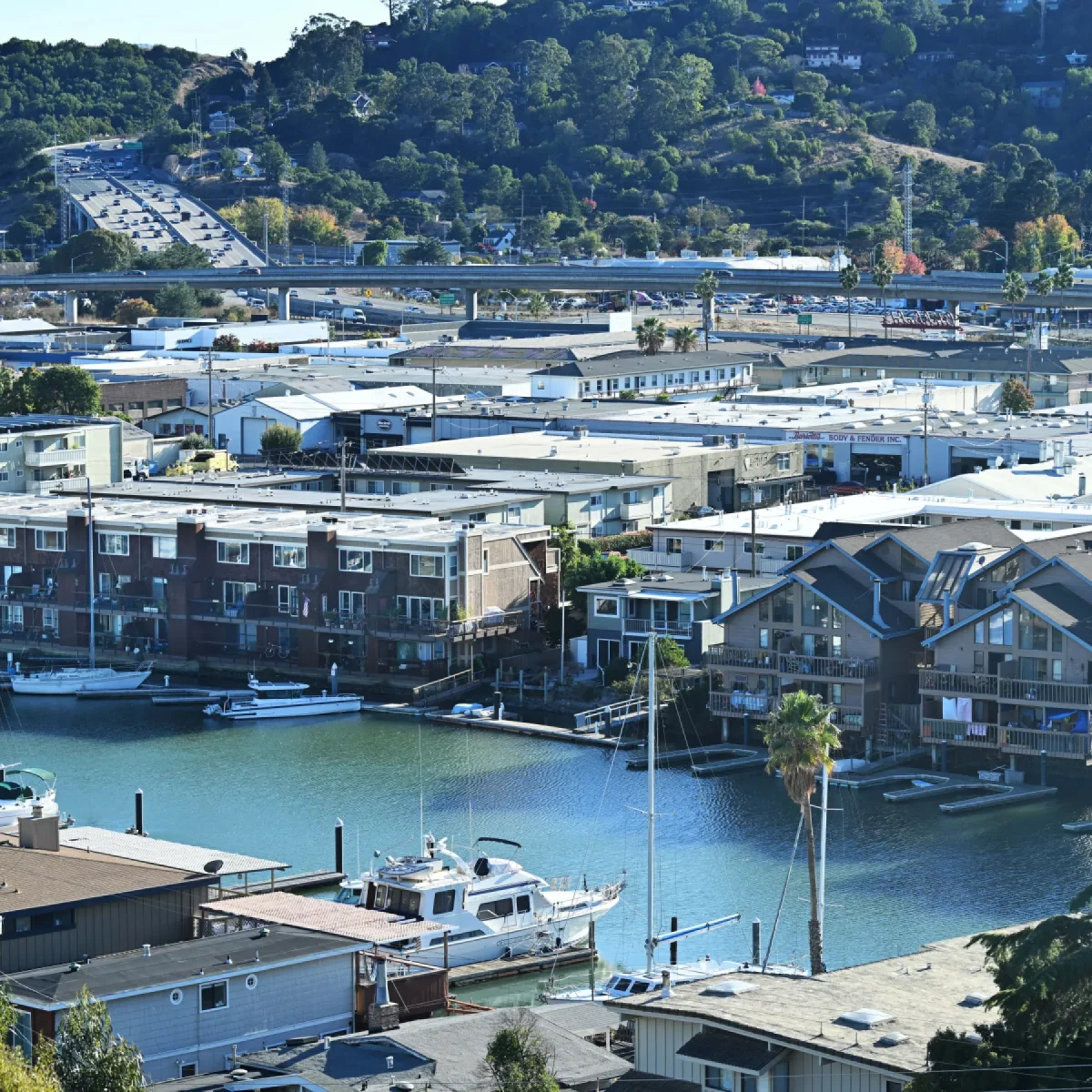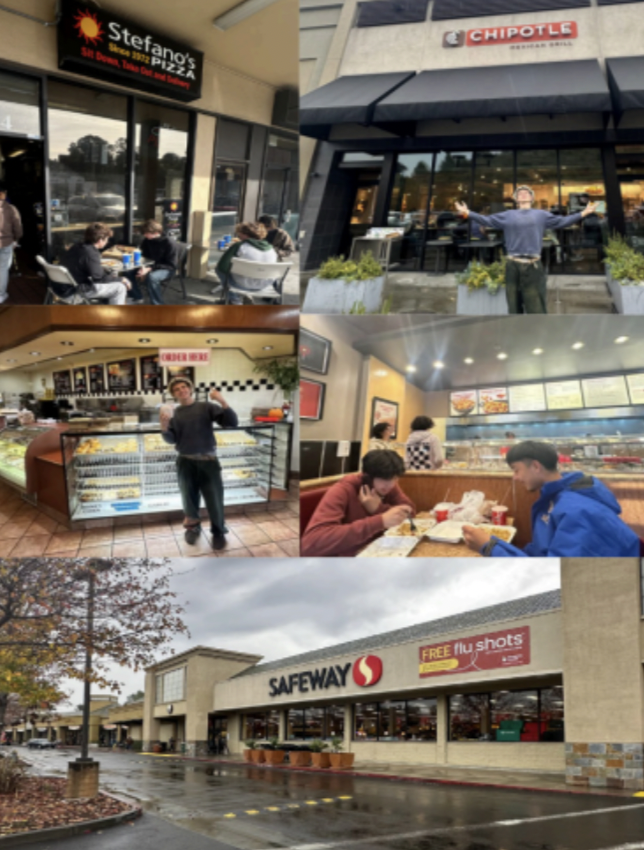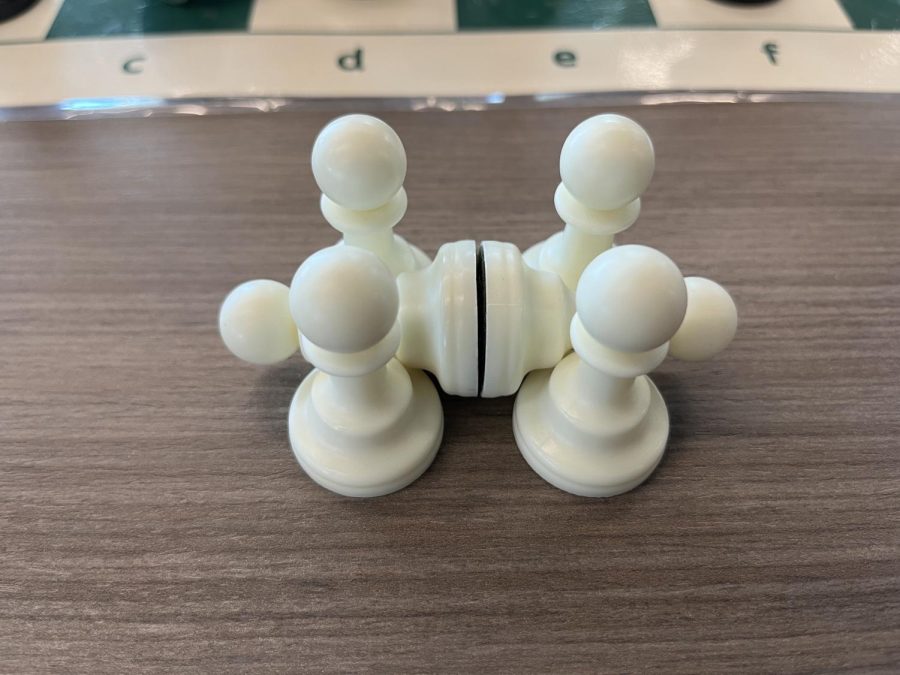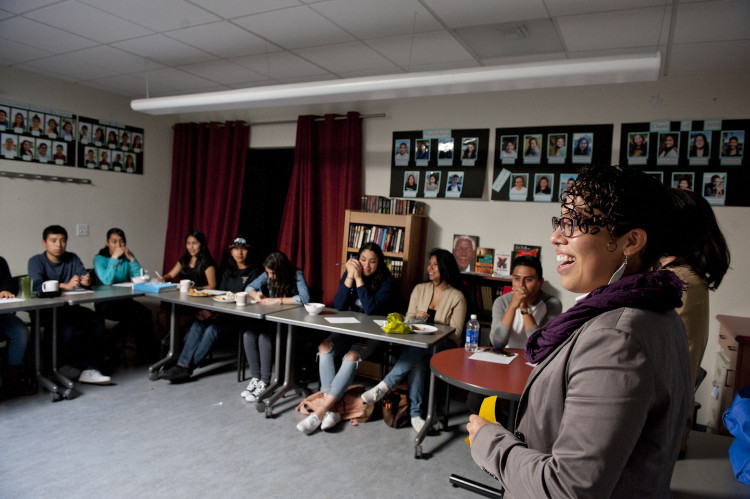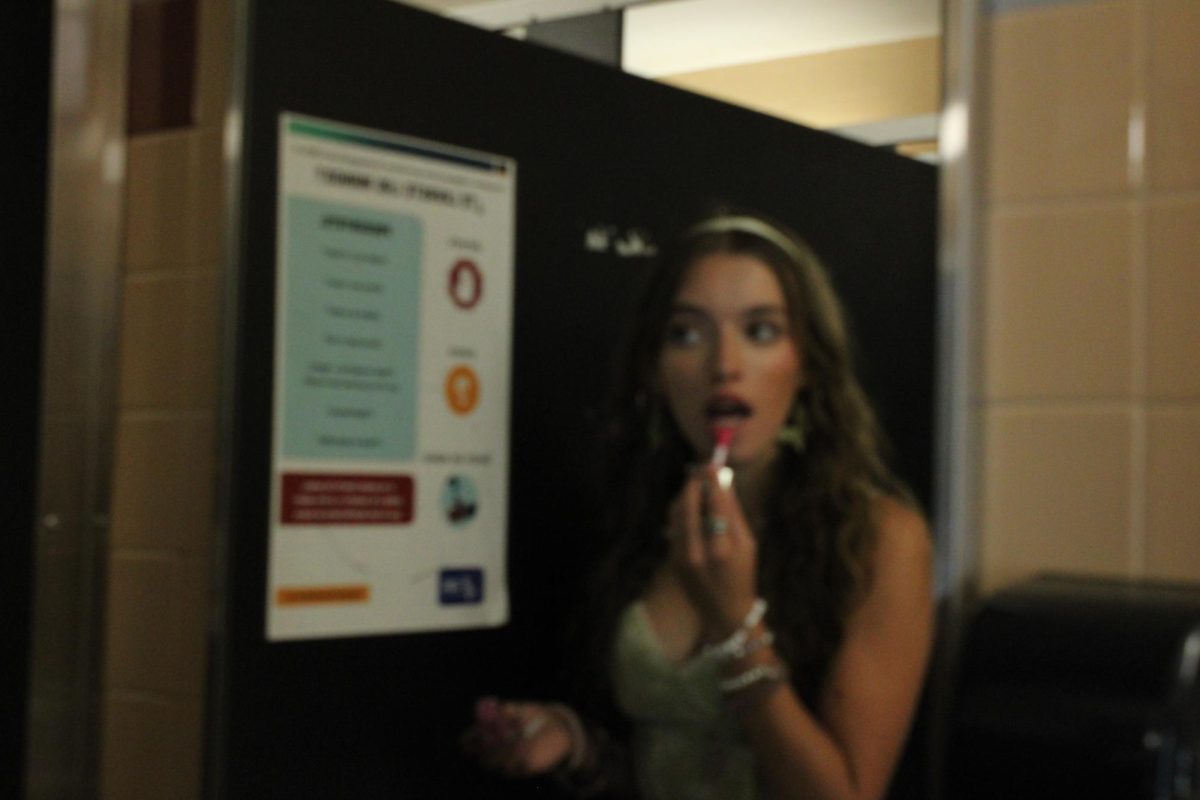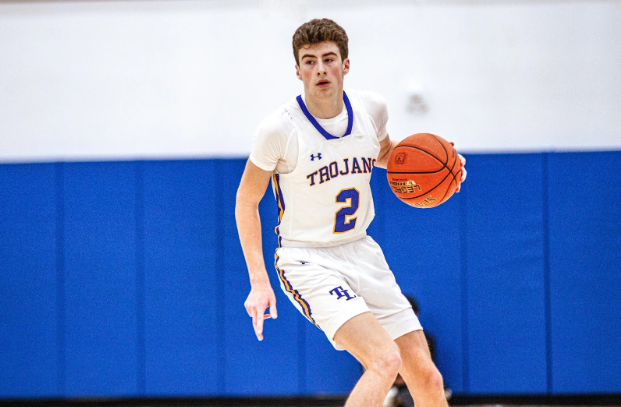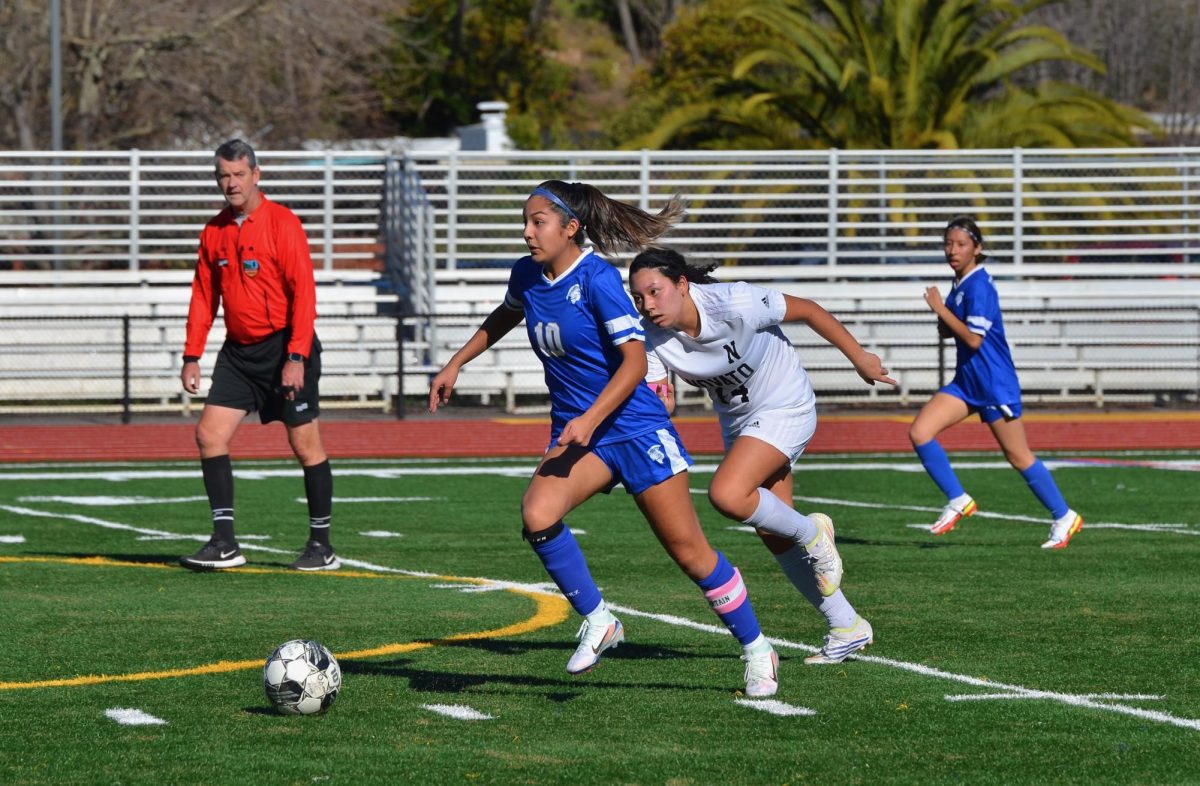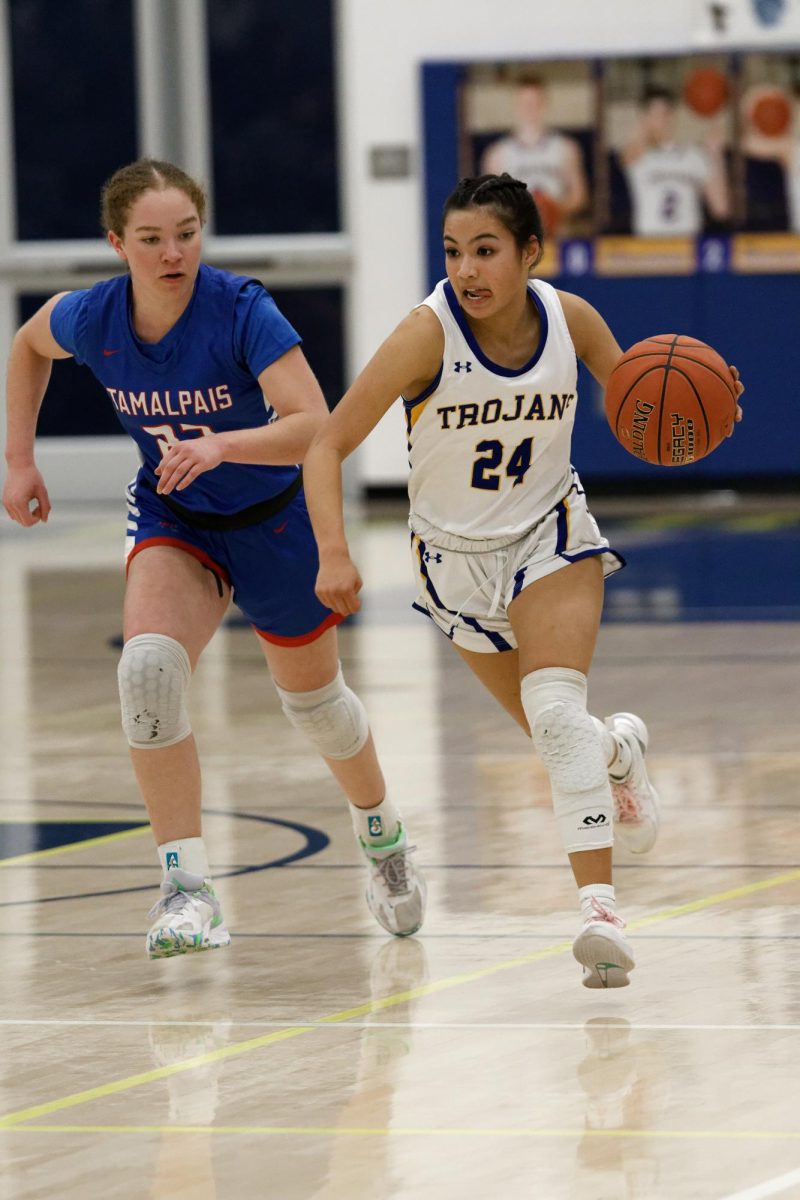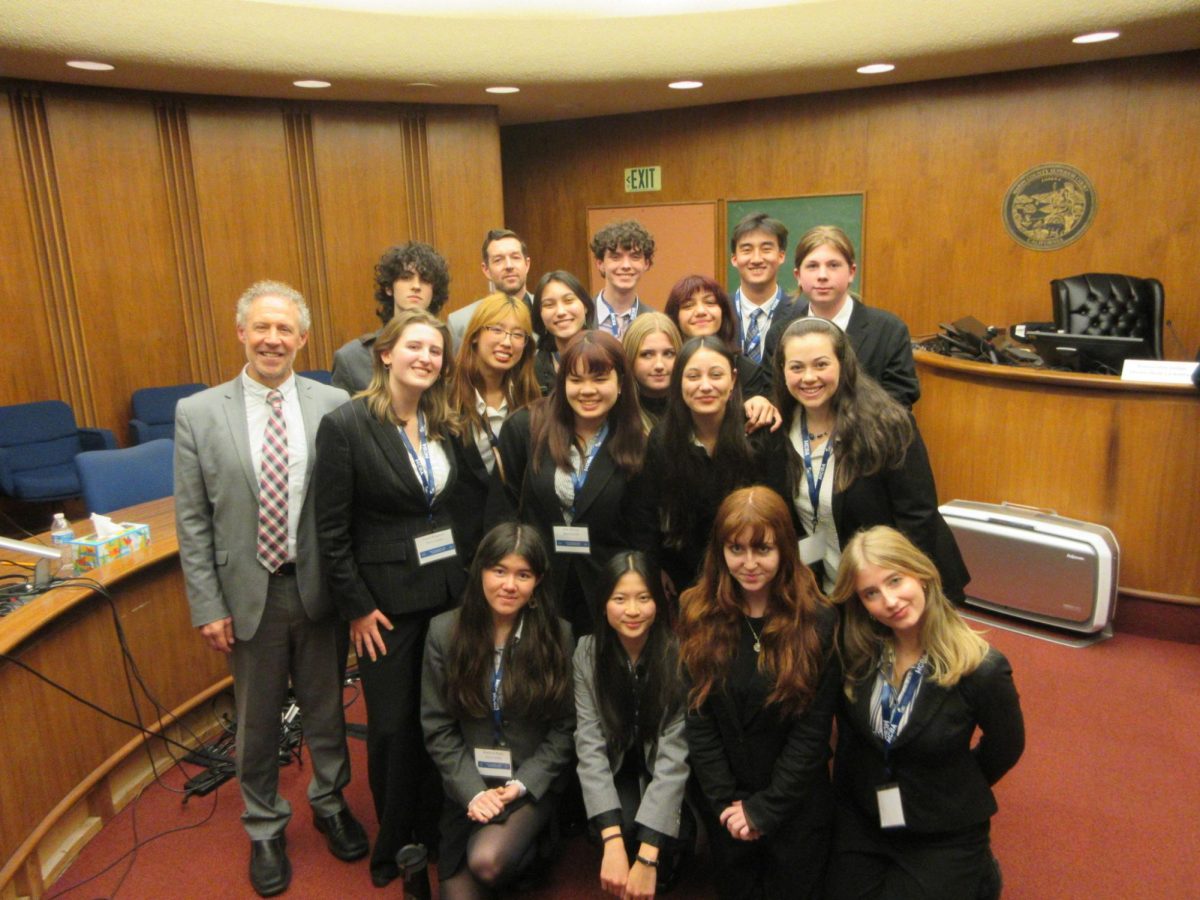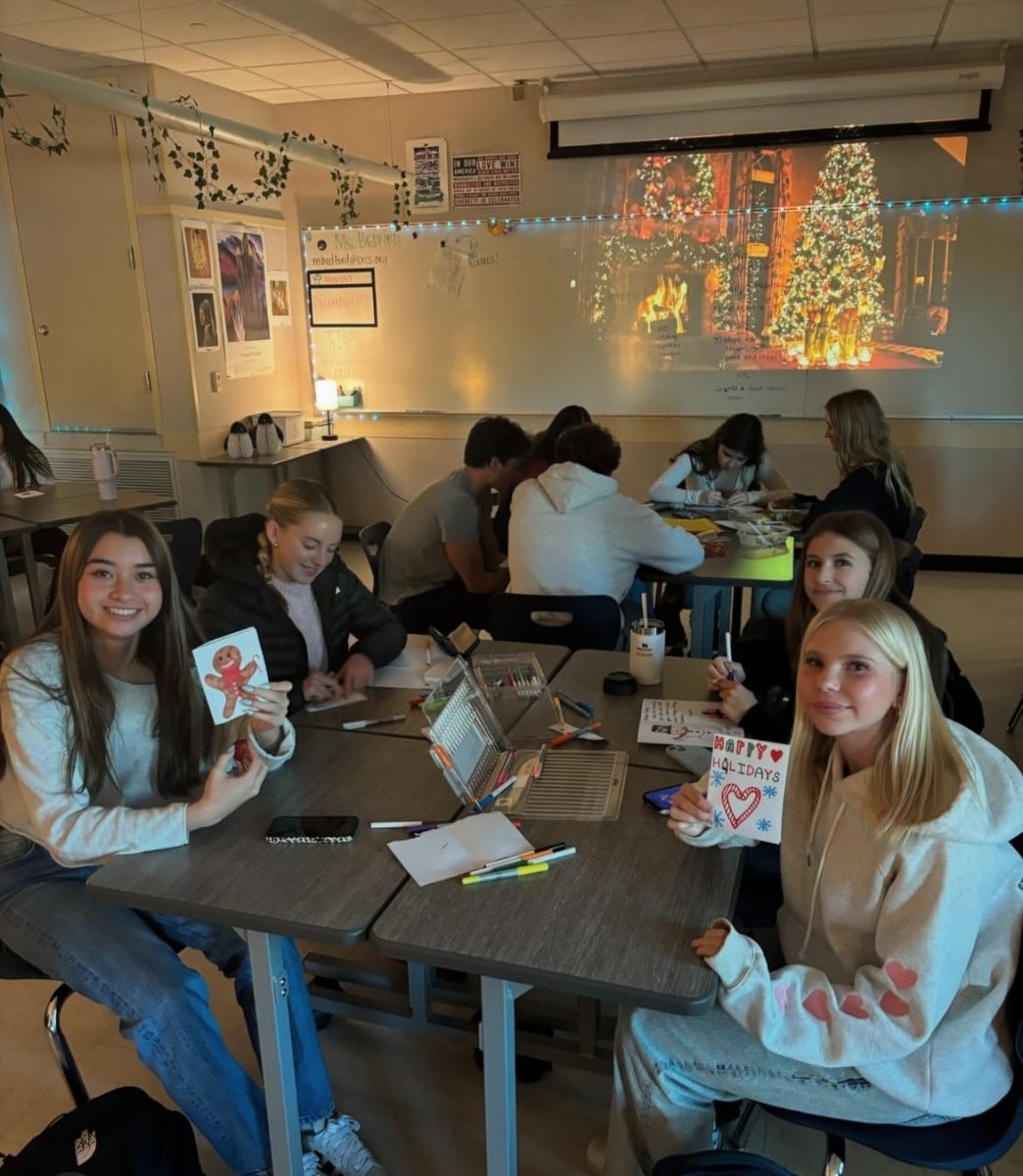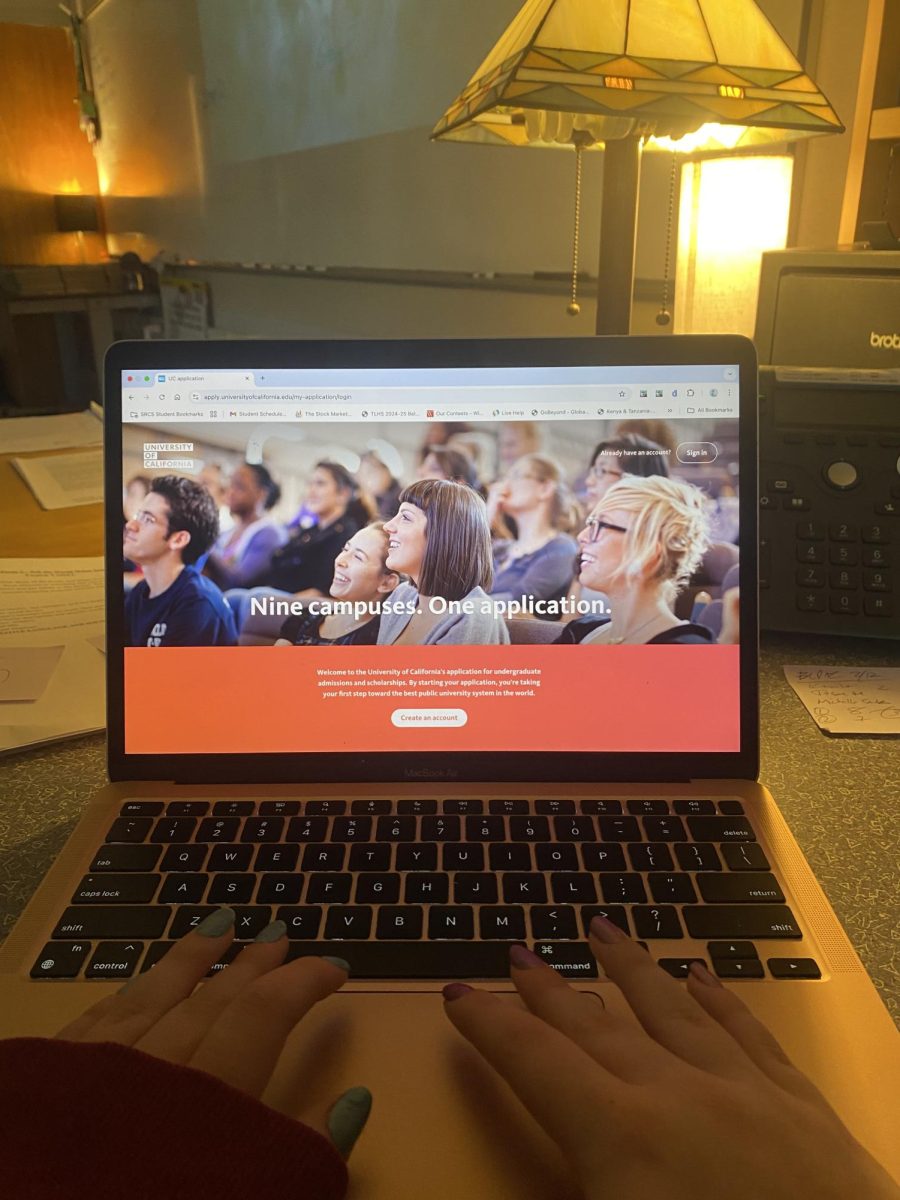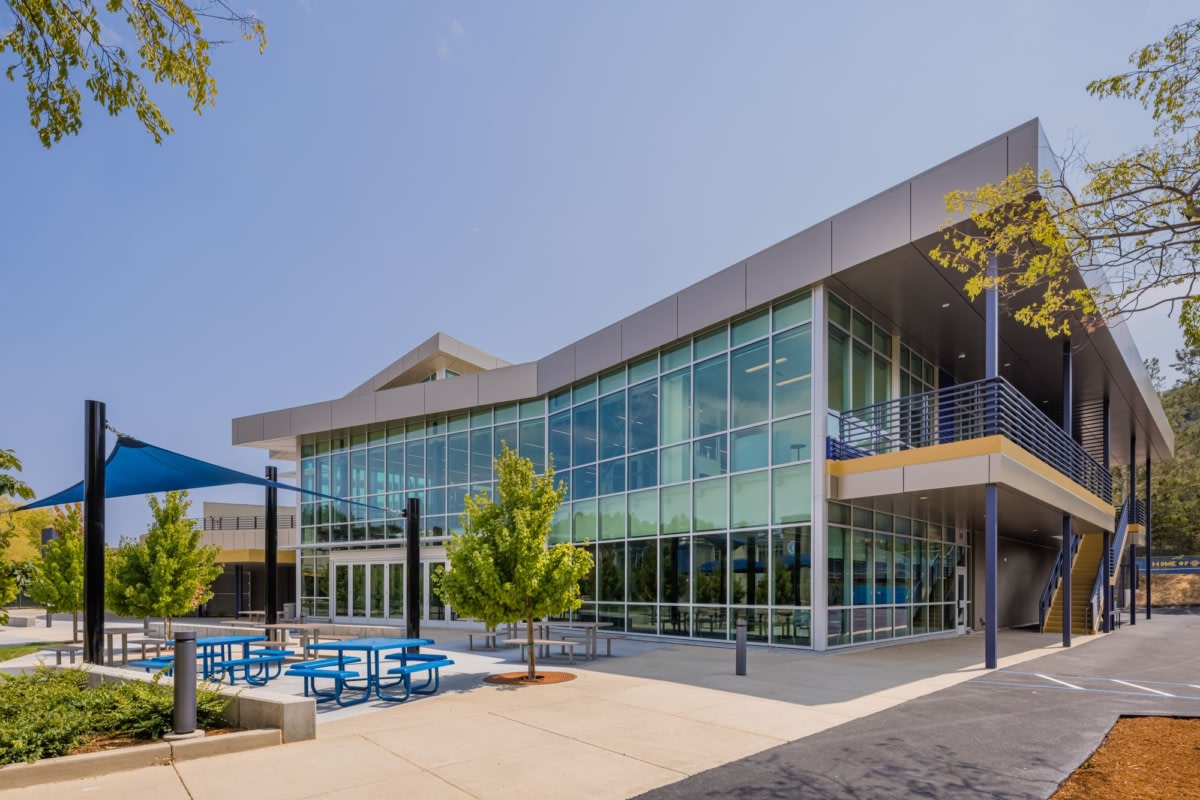Terra Linda High School welcomed students back to school with open arms and locked gates. The school introduced several new security measures, including fences and gates at various entrances to the campus.
The San Rafael City Schools district recently underwent a safety audit that encouraged TLHS to implement the new fences and gates. The overall goal of the change was to limit access points to campus to increase safety and security. The fences and gates, as well as the new rule that students cannot enter through the front of the C building, are meant to concentrate student entry into a few access points.
A new row of fencing and gates now separates the staff lot near the tennis courts from the campus quad. Students often walk through the lot to enter campus from Devon Drive, a road that runs along the back of the school. Devon can be a more convenient entrance for students who live behind the school, and can offer additional parking for cars that do not fit in the student lot. “It’s quicker from my house to go that way than to walk around [the school],” sophomore Danika Metcho said.
Devon Drive is also a popular place to park for some student drivers who view the road as safer and quieter than the student lot at the front of school. “There’s a very high probability of me getting hit in my car in the student lot,” junior Kylie Lee said. “It’s absolute chaos.”
Terra Linda High School has upped security measures at the front of school too, including installing gates between the district office and the new gym, as well as implementing a new rule prohibiting entry through the front of the C building. The school plans to keep the gates open during the busiest parts of the day and closed during instructional time. “[From] when the bell rings at 8:30 to lunch time, and then from the end of lunch to the end of the school day… those gates should be closed,” TL Vice Principal Ms. Tinnel said. “During that time if people need to access campus they come in through the main office.”
While this change makes sense for students with full schedules, some think limiting campus access to a single entrance during instructional time could be inconvenient for those with free periods. Students with a free first or second period might arrive late in the morning and find their usual route to campus closed. “What about all the seniors?” Lee said, suggesting that seniors are more affected by the new gates because they often have more free periods than underclassmen.
Some speculated that the new student IDs would be able to open the gates through swipe or tap technology, but that rumor was discredited by the school administration. When the gates are closed during instructional time, students can exit but not enter campus through them.
But beyond accessibility and convenience, the gates have also changed the overall atmosphere of school for some students. “I think it’s very restrictive,” Metcho said. Other students similarly noted feeling trapped or limited by the new gates.The school has made an effort to counter these feelings among students by clarifying the purpose of the fences. “It’s not these big scary prison gates,” Ms. Tinnel said. “The design of the fencing is not to keep students from leaving; it’s designed to prevent strangers from coming in.”
The new fencing has generated mixed emotions that are natural in the adjustment to any major change. Strong feelings on both sides of the spectrum will no doubt develop once students become used to the fencing and how it impacts their own schedules. The school, meanwhile, will continue to juggle the delicate balance between safety and students’ desire for freedom when making changes to campus.



